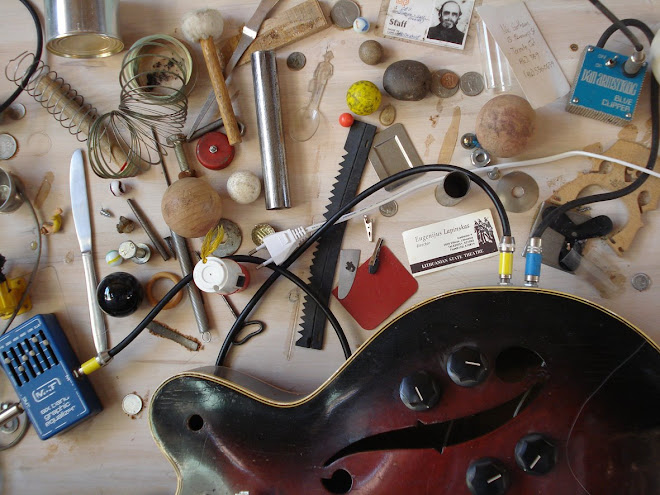
The infuriating ring of someone else's mobile blights many a night out at the cinema or theatre. France has decided to jam phone signals to allow audiences to enjoy shows in silence - could the UK follow suit?
The trill or bleep of a mobile has become an all-too familiar recreational hazard for theatre and cinema-goers. In France they've had enough and the government is allowing venues to use mobile phone jammers to block incoming signals.
'Quiet zones'
Instead of electric jammers, the solution could be "wallpaper" containing complex metal patterns which block some signals but let others through. Its use is a legal "grey area" in the UK. This could soon be on the market, for use in airports, hospitals, prisons, military establishments or indeed any building which needs a "quiet zone", says technology firm Qinetiq. Just think of how schools could benefit from putting a stop to text-crazy pupils, suggests a Qinetiq spokesman.
Very interesting to think about the link between Erik Satie's Furniture music, which was otherwise somtimes refered to as wallpaper music, by which he insisted that the audience attempt not to listen:
"In the midst of an art opening at a Paris gallery in 1902, ambient music was born. Erik Satie and his cronies, after begging everyone in the gallery to ignore them, broke out into what they called Furniture Music—that is, background music—music as wallpaper, music to be purposely not listened to."
 Musique d'Ameublement
Musique d'Ameublement
Literally, "furniture music," the phrase coined by Satie in 1917, where he identifies sound
as drapes, tiling, wallpaper - items belonging to the environment - and changing it simply by being in it, by actually becoming elements of the space. The idea being that, since you don't notice the sound right away, it becomes, in a sense, part of the furniture.

No comments:
Post a Comment